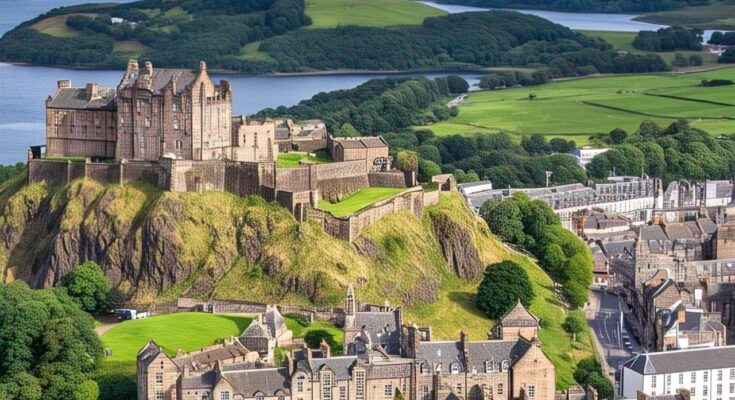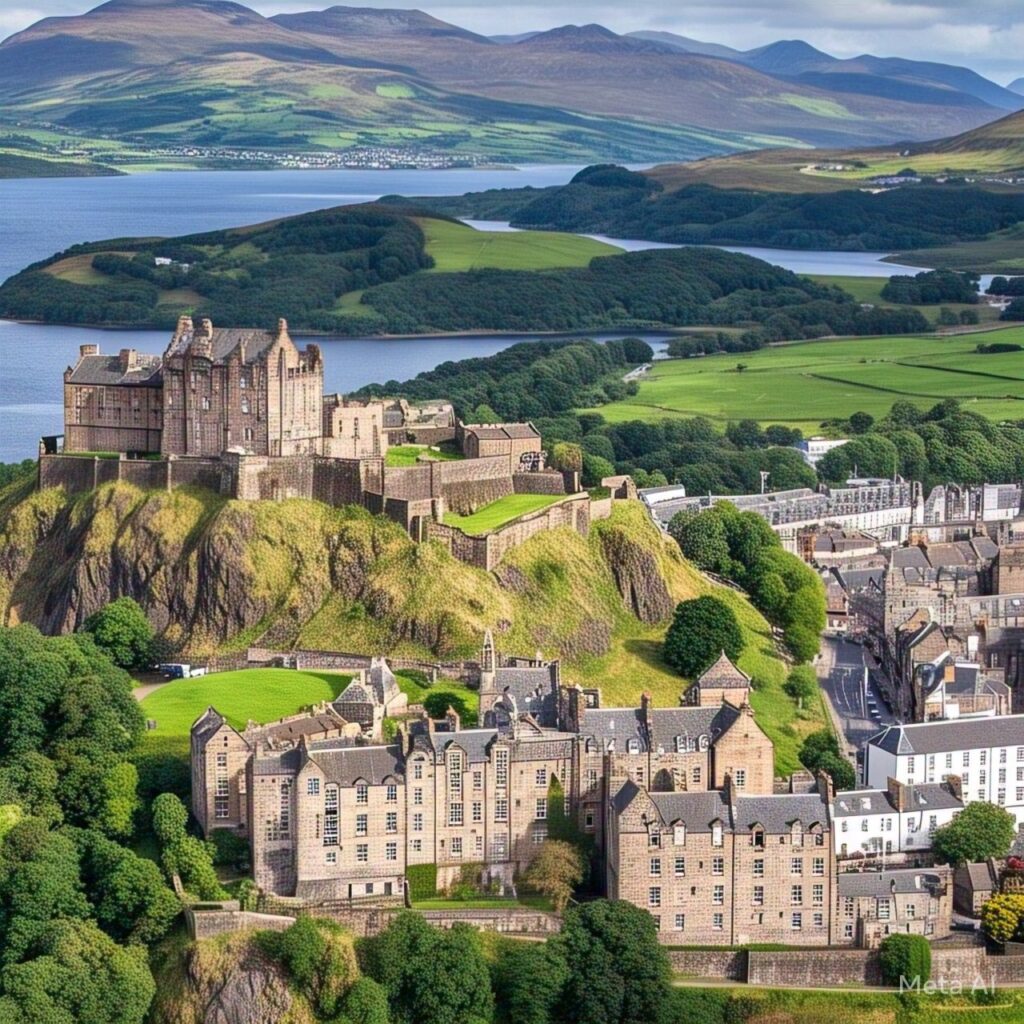
Don’t let Bonnie Scotland’s relatively tiny size deceive you. For there are many notable sites, customs, and personalities to be found at Great Britain’s sultry, gorgeous northernmost tip. Some of the sites I had the good fortune to see over four separate travels over the past ten years are included in my itinerary for Scotland.
I have little doubt that Scotland will enchant and entice you if you can set aside the gloomy weather for a while. Ask any Scot what they call the sun north of the border.
Here are some must-see sights for your first vacation to Scotland, including scotch distilleries, historic castles, picturesque waterways, and locales used for the Harry Potter films.
Edinburgh
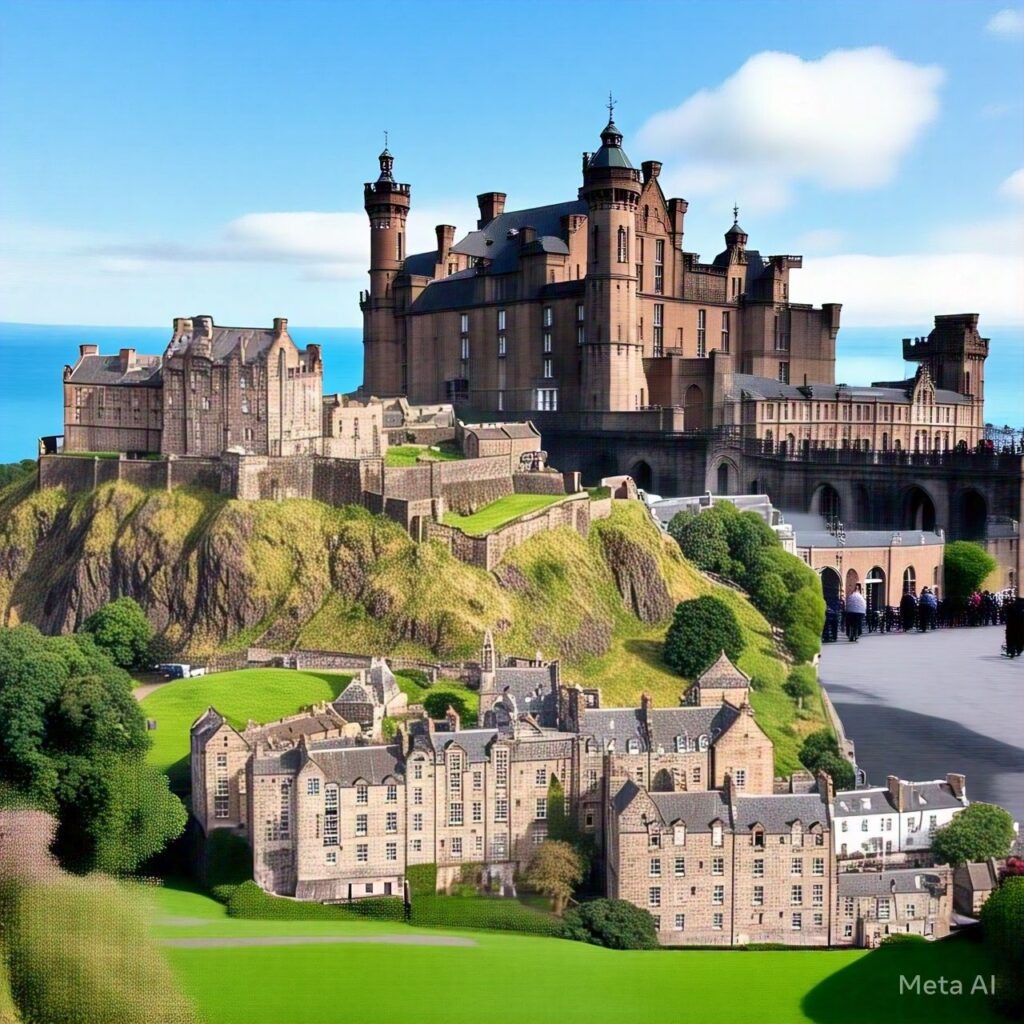
Edinburgh is Scotland’s most popular tourist destination, despite being the country’s second most populous city. And with good reason! With a largely preserved medieval castle, an extensive system of purportedly haunted tunnels, world-renowned festivals, and hiking opportunities within the city, Edinburgh is undoubtedly a tremendously atmospheric city that must be experienced once in a lifetime.
Or, if you’re me, four times.
Glasgow
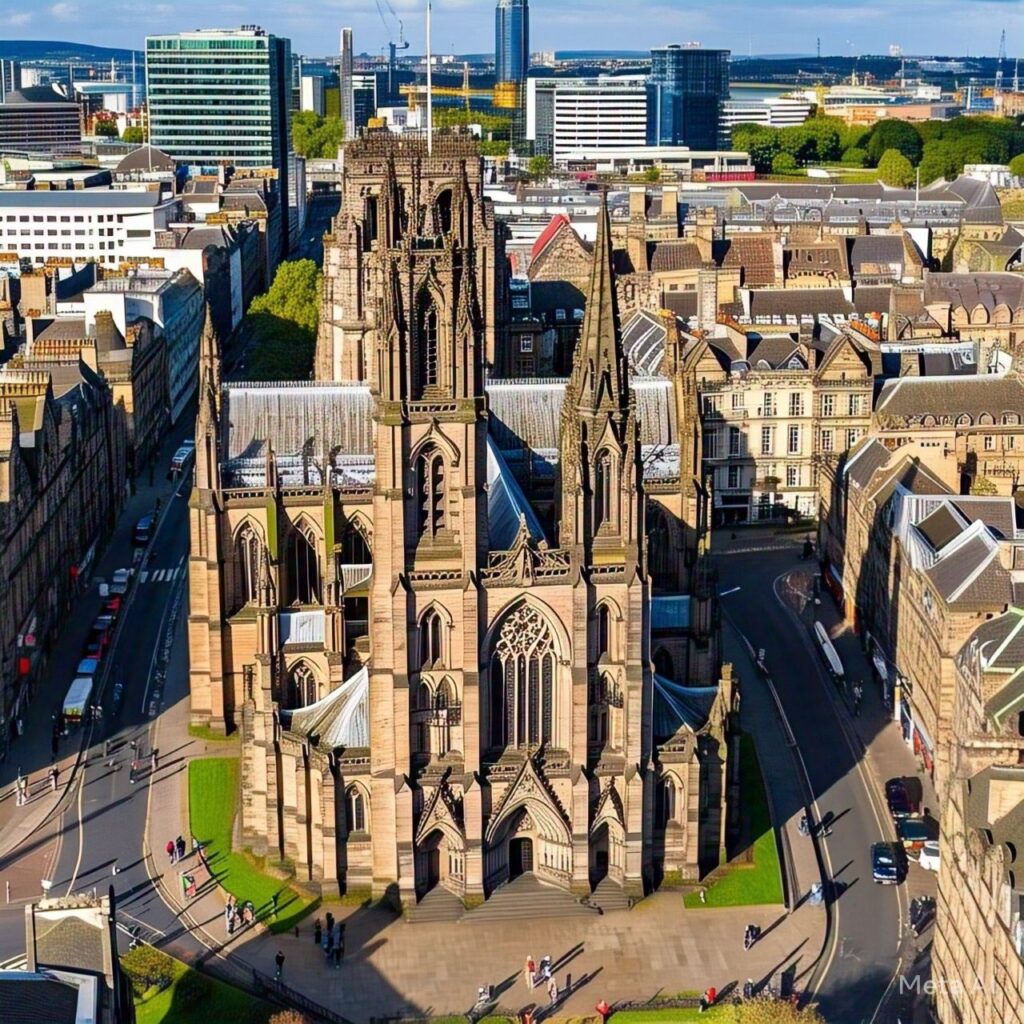
Glasgow is a quirky, out-of-the-ordinary city that has had a sort of renaissance since the early 2000s. It has lately transformed from a seedy, criminal city to one that is vibrant and full of personality. There are a ton of things to do here, including museums dedicated to maritime history, art galleries, and modern architecture.
I can’t emphasize this enough: don’t just stop in Glasgow on your route to another location. Take your time. Give it the recognition it so richly merits.
Stirling Castle
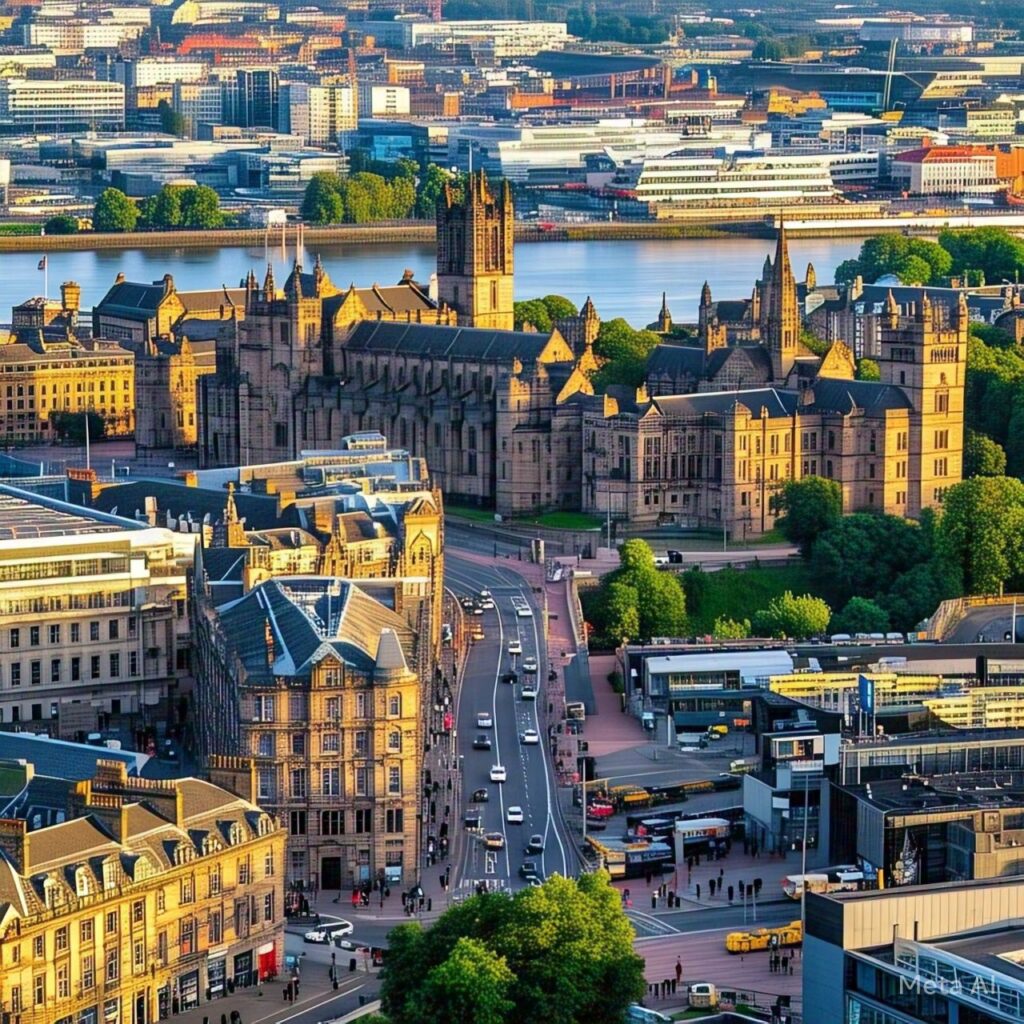
Situated around one hour west of Edinburgh, this ethereal fortification is among the most important in all of Scotland due to its intricate design and turbulent past.
First of all, Stirling Castle has hosted the coronation of numerous kings and queens over the ages, including the brutal Mary Queen of Scots in 1542. Second, the fortress endured at least eight sieges over the course of 60 years and was a crucial player in the disastrous Wars of Scottish Independence. Thirdly, during the siege of Stirling in 1341, Robert II of Scotland, King of Scots, finally regained control of the city after the English and Scottish soldiers violently and consecutively switched positions.
Finally, of all the Scottish castles, this one is arguably the most classic. It is situated on a three-sided rocky peninsula with a view of the River Forth and is constructed of hefty stones. It also has a huge courtyard, many spectacular pavilions from the 15th century, and enormous exterior defenses.
Glencoe
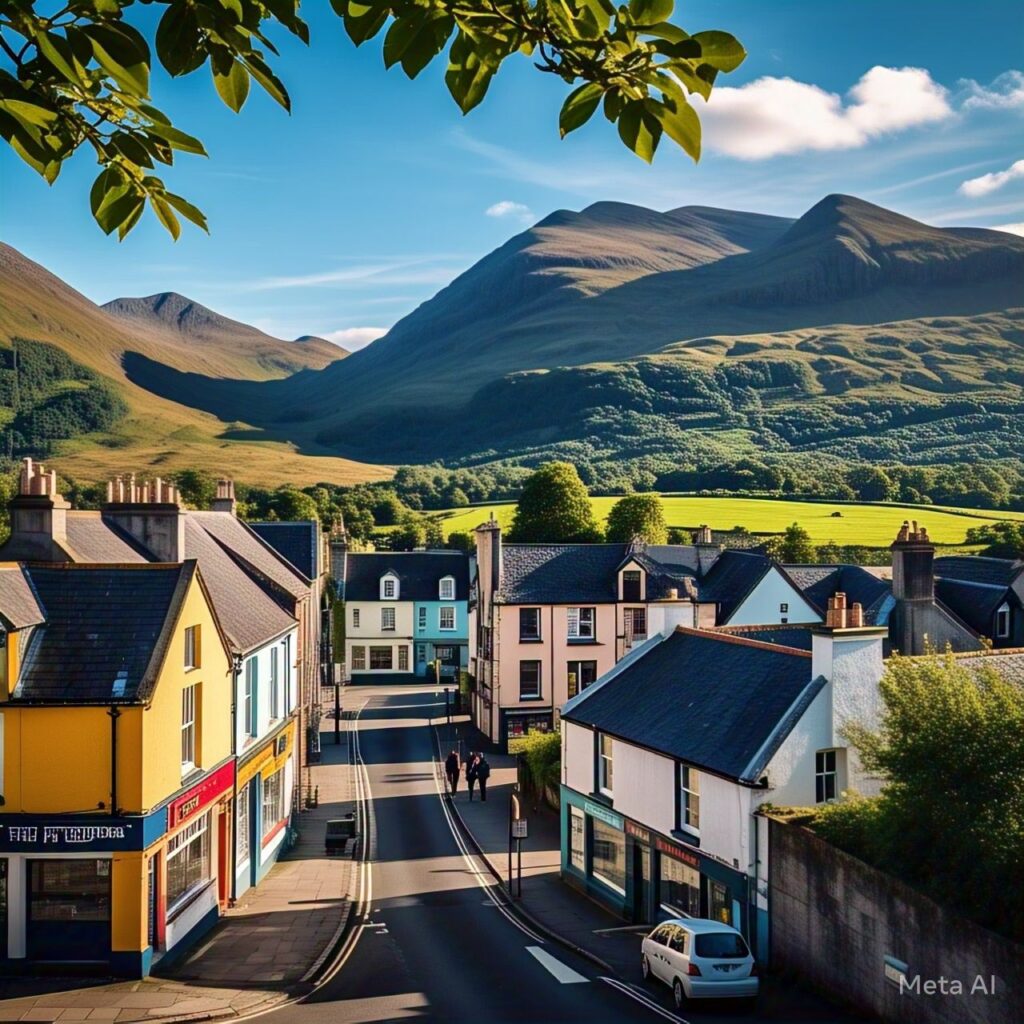
Possibly the most breathtaking view in all of Britain, not just Scotland! Here, River Coe traverses the slender Glen Coe valley, which is encircled by steep, snow-capped mountains that were created by an ice-age glacier.
Some of Scotland’s best hiking prospects can be found in these landscapes. The Three Sisters, a group of peaks with sharp sides that stretch north into the Bidean nam Bian Glen, are particularly noteworthy.
Ironically, the most gruesome events occur in Glen Coe, just like in many other breathtaking regions of Scotland. 38 members of the local MacDonald clan were brutally assassinated on a horrifying day in 1689. The competing Campbell clan only reluctantly swore allegiance to William of Orange, the new King of England, after using deceit to fool higher officials into thinking the Highlanders were simply a group of robbers.
Culloden
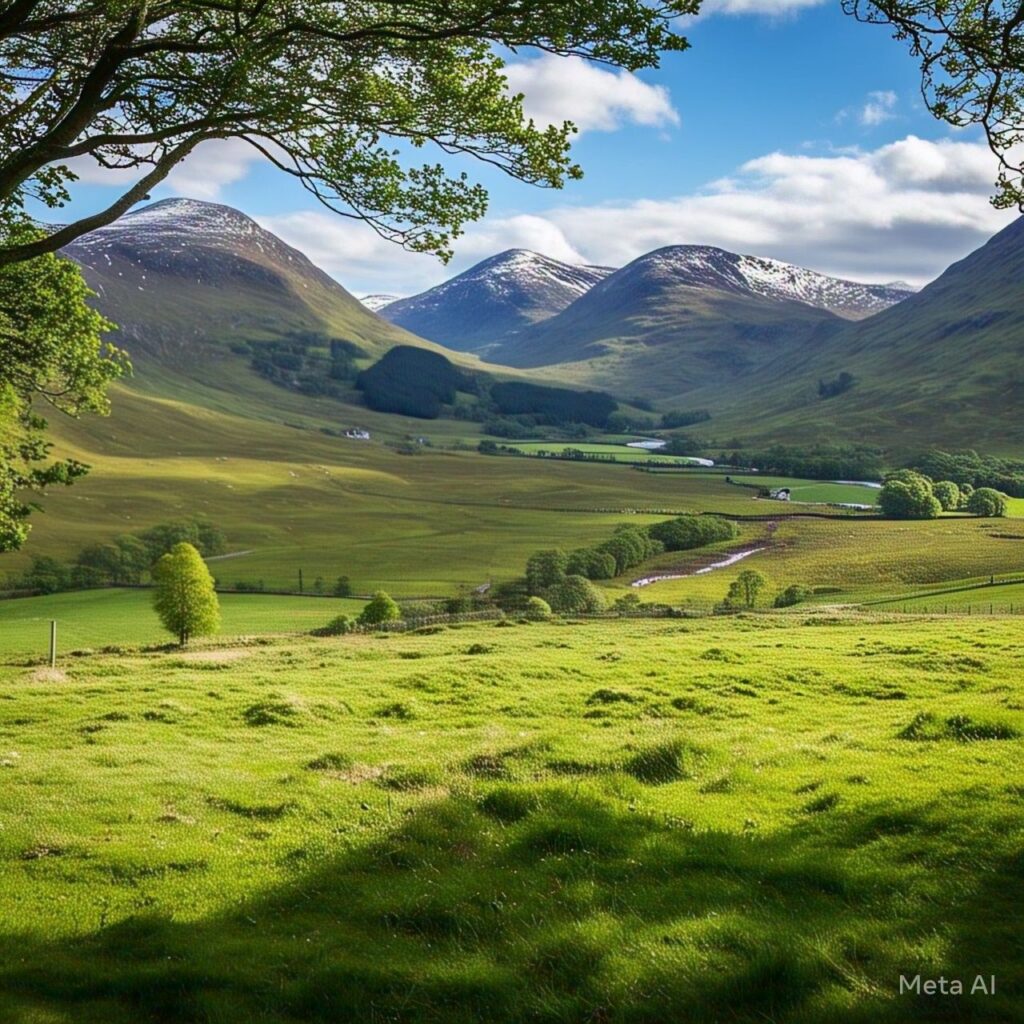
The last fight of the Jacobite rebellion took place at Culloden Moor, which is only a short distance outside of Inverness. The English killed more than two thousand brave Highlanders, men, women, and children, while Bonnie Prince Charlie bravely resisted Prince William Augustus. It was a turning point in Scottish history; few Scots survived, and it was over in an hour. Even Scottish culture didn’t make it through.
Some see it as a cultural genocide, while others see it as a radical integration. Regardless of semantics, being on the very location of a mass murder, where people gathered to voluntarily but futilely defend their identity, is absolutely heartbreaking.
“As long as one hundred of us are alive, we will never knowingly agree to submit to English rule because we fight for freedom alone, which no good man can lose other than his life, not for glory, wealth, or honor.”
Fort Augustus
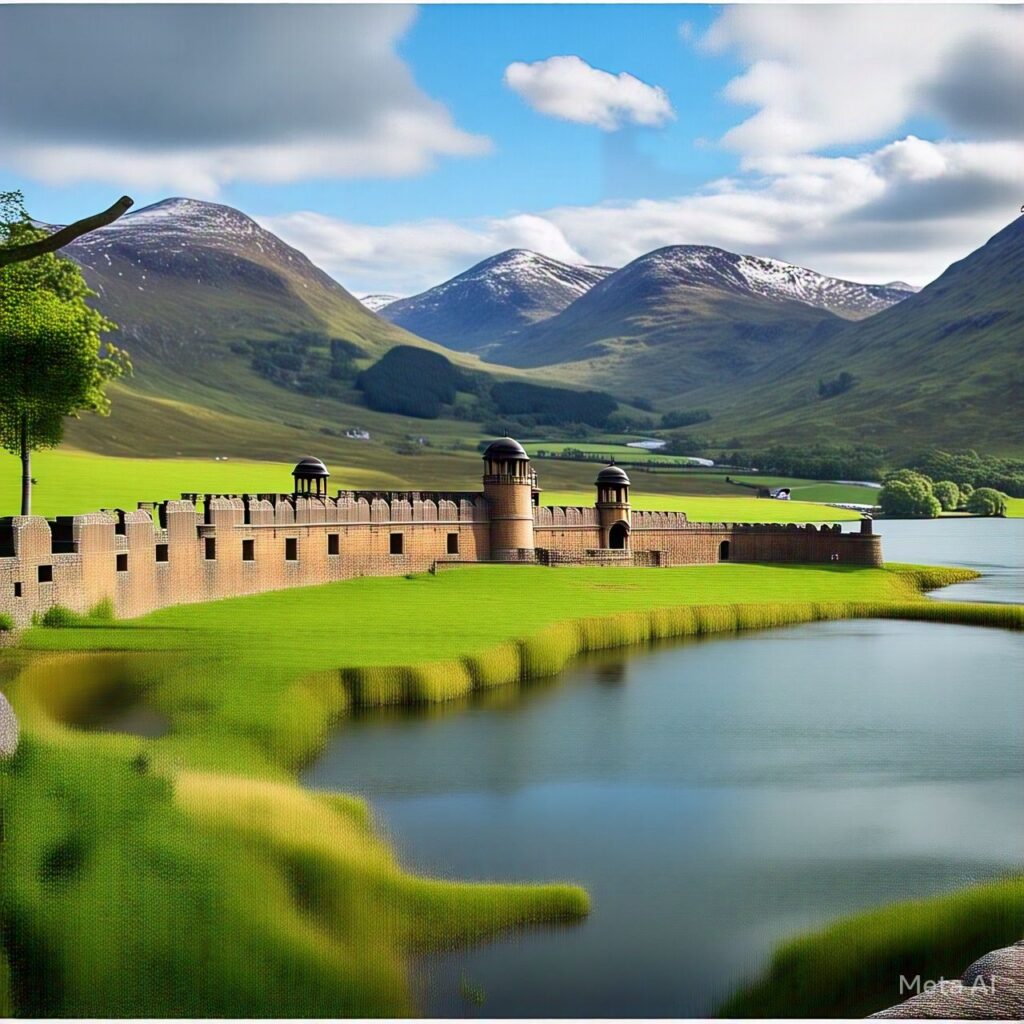
Fort Augustus is a little village constructed around the Caledonian Canal, with alluring waterside pubs and unparalleled views of the famous loch. It is nestled in the southernmost tip of the iconic Loch Ness and is as significant on any Scotland itinerary.
Despite the apparent lack of attractions, Fort Augustus is a wonderful starting point for exploring the area.
It’s really home to a number of tour companies that offer guided boat or hiking trips farther interior, as well as the intriguing Clansman Centre, where suitably dressed specialists show 17th-century clan weapons and go over certain Scottish customs.
Castle Urquhart and Loch Ness

Possibly one of the most iconic locations on this Scotland itinerary is this one. Urquhart Castle therefore doesn’t require a long introduction.
Located in the Highlands on a promontory next to Loch Ness, the fortress was a major player in the Wars of Scottish Independence in the fourteenth century. Because of this, it served as a royal castle for a considerable amount of time before being demolished in the 17th century to stop the Jacobite army from using it. The ruins, which are from the early 13th century, are open for visitors to explore. To be clear, however, archaeologists have stated that long before Urquhart as we know it today existed, the location was occupied by a medieval fortress.
However, it is exactly what tourists imagine a multi-century Scottish castle to be. A ditch, a gatehouse, ominous towers, a drawbridge, and other closures.
Isle of Skye

Because of its insular location, the Isle of Skye is one of the few areas in Scotland that still has a distinctly traditional Gaelic spirit. A land where Viking stories and faeries temporarily overshadow historical events like kings and queens and brutal battles.
In addition, the Isle of Skye boasts picturesque vistas and sceneries, including sandy beaches, majestic mountains, and charming settlements. Does that make it a must-see on any itinerary for Scotland? Of course.
Express Hogwarts and Glenfinnan
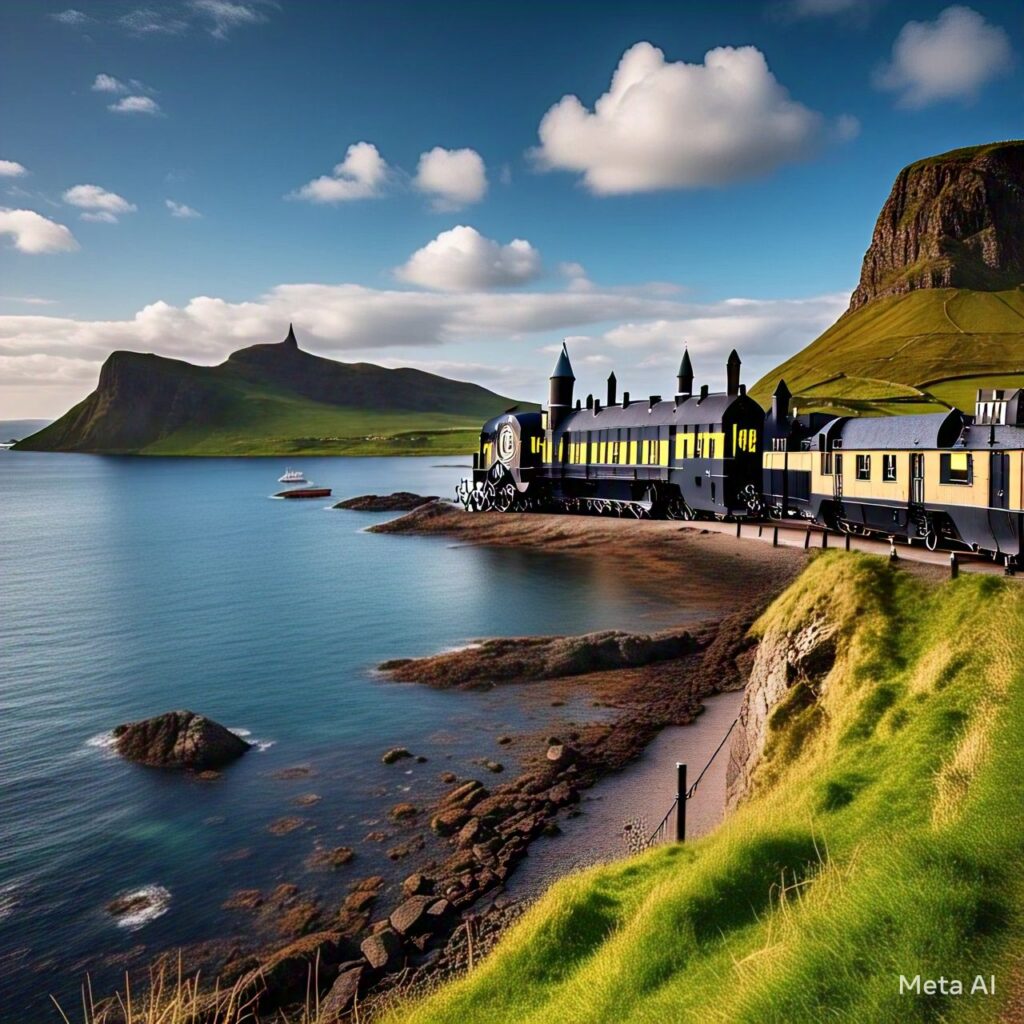
I visited numerous locations where Harry Potter was either filmed or set in the books. The excitement of viewing the 21-arched Glenfinnan Viaduct, however, is unmatched!
The Jacobite Train, which travels the 84-mile distance between Fort William and Mallaig on the West Highland Railway Line, is what we refer to as the Hogwarts Express. Above all, it’s generally labeled one of the greatest rail excursions in the world, and properly so if I do say so myself.
In conclusion, the landscape is breathtaking.
The NC500
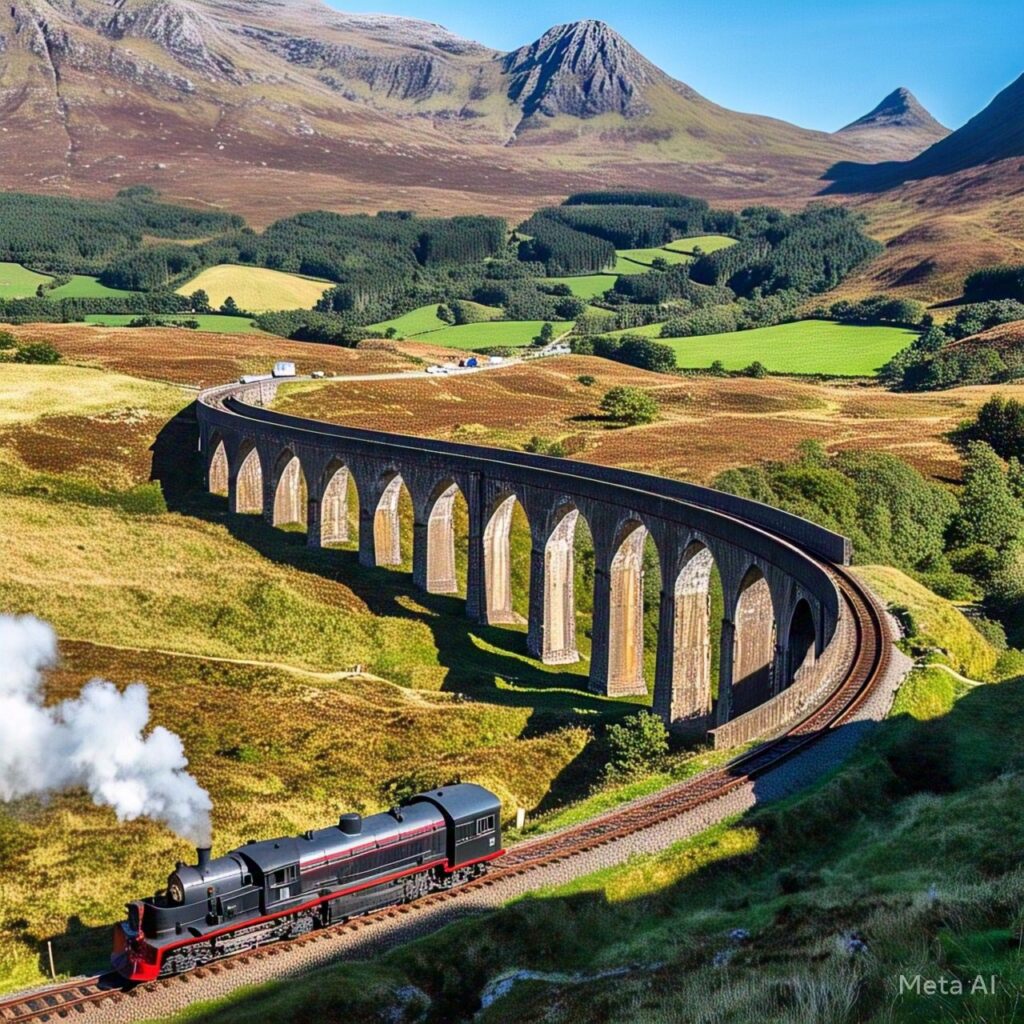
Out of place and out of time. Northern Scotland’s arid landscapes, whose unrelenting winds would make even the most stoic Queen’s Guards quiver, perfectly capture the feeling that you could have reached the end of the planet.
Stunningly stunning, untamed, and untamed, this was Scotland unlike anything I had ever seen. I took a detour and gave in to the unadulterated allure of the now-famous 500-mile road known as the North Coast 500.
To put it another way, it has some of Scotland’s most isolated areas in addition to picturesque lighthouses, beaches, mountains, and landscapes. This tourist route is a must on any itinerary for Scotland, and I can’t say enough good things about it.
Scotland’s gin distilleries
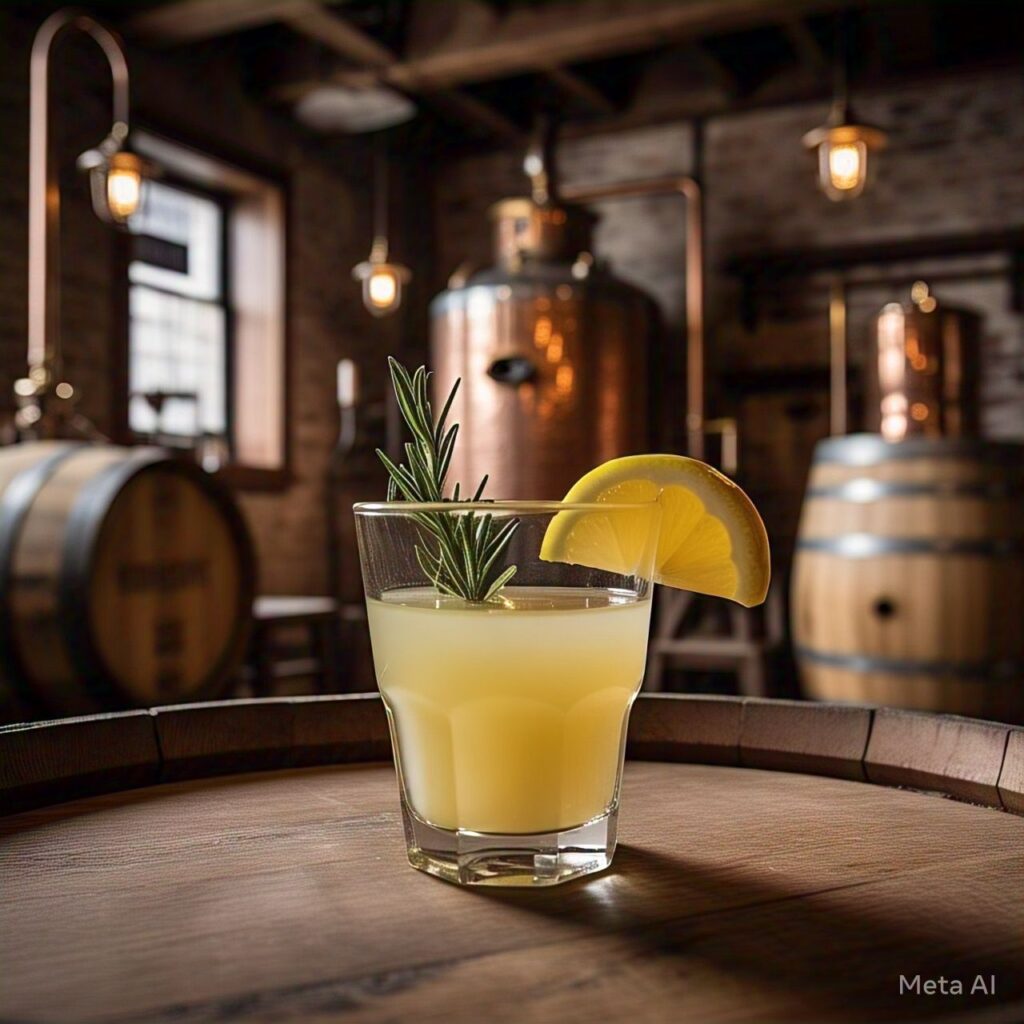
The Scotland Gin Trail, a cheeky tourist route created by Visit Scotland that capitalizes on the diversity and inventiveness of enthusiastic entrepreneurs around the nation, is essentially the clear spirits equivalent of the wildly popular whiskey.
The ambitious bucket list spans the entire country of Scotland, from Dumfries to the very top of the Highlands, and includes both mass producers and up-and-coming craft distillers. As a result, it instructs tourists on the development of gin and how it become a complex aspect of contemporary Britain. In conclusion, it would be impossible to plan a trip to Scotland without stopping by a gin distillery, regardless of your level of expertise.
Harris Distillery: A local diver hand-harvests botanicals from the deep underwater woods of the Scottish Outer Hebrides to make this award-winning gin.
The most entertaining (oopsie) item on my agenda was Dunnet Bay Distillers! Dunnet Bay Distillers is a unique experience. It is impressive enough to get there in the first place! To put it another way, the small distillery looms over the sandy shores of Caithness, the most northern county in mainland Scotland, which is well-known for its harsh winds and desolate surroundings.
In the center of stunning St. Andrews is Eden Mill, a traditional dry gin in the London manner! A native berry from Fifes, with a touch of citrus for a crisp finish.
One of Scotland’s top small-batch, artisan gins is produced by the Badachro Distillery. It contains dozens of carefully chosen botanicals from Gairloch’s coasts and forests.
Balmenach Distillery: There’s a good reason why Caorunn gin is among the most well-known Scottish gins worldwide. Savor the expertly guided tour!
Thompson Bros Distillers: Located in the charming village of Dornoch, this small organic distillery is run by the Thompson brothers. Their gin has a faint, delicate herbal flavor.
Secret Garden Distillery: This all-natural, exquisite gin was expertly made by the proprietors of my favorite Highlands hotel.
